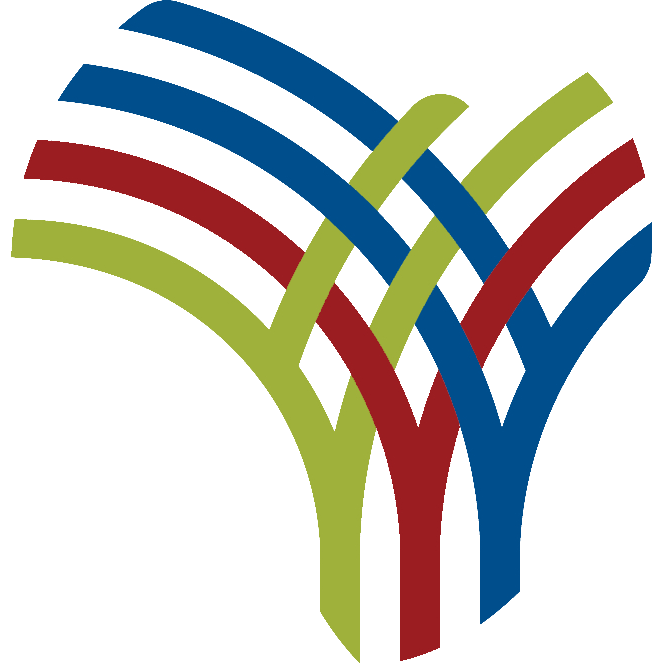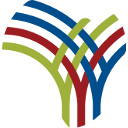Have you ever wondered what the Namibian government owns and where?
At the onset, the Government of the Republic of Namibia owns immovable assets with a combined value of N$47.4 billion, which this publication can confirm.
In this article, New Era exclusively breaks down the government’s asset register, infrastructural gaps, challenges, and sharp inequalities in the distribution of public infrastructure across the country’s 14 regions.
Official information confirms that the Namibian State owns a total of 8 247 immovable assets nationwide.
A dossier obtained from the Ministry of Works and Transport, the chief custodian of the State’s assets, covers a wide range of properties ranging from schools, hostels, hospitals, clinics, staff houses, flats, offices, boreholes, police stations and more. For national security reasons, we cannot reveal all assets. However, while some regions are relatively well-equipped, others lag far behind.
Houses
According to information at hand, the government owns 3 042 staff houses, intended to accommodate teachers, nurses, police officers and other civil servants.
The //Kharas region tops the list with 492 houses, followed by Otjozondjupa (458), Khomas (438), Hardap (344) and Omusati (336). There are 171 houses in Kavango East, 146 in Kunene, 77 in Ohangwena, 243 in Oshana, 71 in Oshikoto, 102 in Erongo and 140 in Zambezi.
In stark contrast, Kavango West has seven government houses and Omaheke 17.
Works and Transport Minister Veikko Nekundi attributes the low turnover of staff housing to the Government Alienation Policy, which allows sitting tenants, often retired civil servants, to buy the houses they occupy.
“Most of these houses are still occupied by retired civil servants. Despite follow-ups, many have not responded to purchase offers,” Nekundi said. To ensure access to potable water, Nekundi indicated that the Cabinet recently approved a directive allowing the biological children, legally adopted children, or spouses of the tenants to buy the properties on their behalf. “We’ve launched awareness campaigns about the new directive,” Nekundi added.
“New offers are being issued. If no interest is shown, we will reallocate the homes to other civil servants or even to the general public,” he said. He stressed that no government house should remain vacant while accommodation shortages persist. Additionally, the government owns 563 flats across the country.
Of these, the most are found in Oshana (210), 69 in Khomas, 66 in //Kharas, 59 in Erongo, 27 in Oshikoto, 31 in Otjozondjupa, 26 in Kunene, 22 in Kavango East, 21 in Hardap, 13 in Zambezi, and two each in Kavango West and Ohangwena. Although the combined land mass was not revealed, the government owns 273 vacant plots countrywide.
Khomas leads the charts with 76 plots, followed by Otjozondjupa (37), Erongo (36), Ohangwena (19), Hardap (18), Oshikoto (18), Oshana (16), Kavango West (8), and Kavango East (7), while Kunene also has seven.
The government furthermore owns 24 farms, 12 animal handling facilities, 361 boreholes, and 13 public toilets.
Omusati has 220, while Oshikoto follows with 141. The report does not list borehole data for other regions.
Double-dipping
Responding to the allegations that some civil servants continue to receive housing subsidies while occupying State-owned homes, effectively benefiting twice.
Nekundi said controls are in place to prevent this.
“No one is allowed to benefit twice. Allocations are coordinated with the employee’s ministry to verify housing status. Payslips are also required to prove no subsidies are being paid out,” he said.
Nekundi said annual inspections are conducted, during which tenants must provide updated payslips. If double-dipping is detected, the government takes swift action.
“The Government Housing Policy clearly states that no one is allowed to benefit twice. Generally, this policy has worked well,” he stated. He explained that one of the main checks in place is that allocation of houses and flats is done in coordination with the applicant’s ministry or agency, which is responsible for verifying the individual’s housing status.
“Before any allocation is made, we check with the applicant’s ministry to validate the information provided,” he said. “Applicants must also submit recent payslips to show that no housing subsidy is being deducted.”
As an added layer of control, the ministry conducts annual inspections, during which tenants are required to submit updated payslips. If any tenant is found to be receiving both a housing subsidy and free accommodation, strict action follows.
“Eviction proceedings are started immediately,” Nekundi confirmed. “In addition, we implement an economic rent of up to N$3 500 per month, which is deducted directly through the tenant’s HR department.”
He acknowledged that while the current policies are largely effective, improvements are necessary. “We recognise the need to strengthen our housing policy. That’s why we are currently in the process of revising it,” Nekundi revealed. The revised Government Housing Policy is expected to introduce tighter verification measures and improve the management of public housing stock.
While the system works in most cases, Nekundi acknowledged it needs improvement. A revised Government Housing Policy is currently under review and will introduce stricter verification processes and better public housing management.
Schools & hostels
With the government investing heavily in provision of education, with the education ministry perennially receiving a lion’s share from the State’s purse, Namibia has 2 004 public schools. At the moment, there are 298 schools in Omusati, followed by Ohangwena (282), Oshikoto (226), Kavango East (185), and Kavango West (178).
The Erongo region has 86 schools, while //Kharas has 58, Hardap has 63, and Omaheke has 51. Khomas, home to the capital Windhoek, has 139 schools, a moderate figure aligned with its urban profile.
There are 77 public schools in Kunene, 152 in Oshana, 89 in Otjozondjupa, and 120 in Zambezi. Despite the number of schools, only 78 hostels exist countrywide, and the correlation between schools and learner accommodation is poor. With 24 and 18, respectively, Hardap and //Kharas have the highest number of hostels, while Khomas, Kavango East, Oshana and Kunene have between two and three each, according to the statistics. A senior ministry of education official warned the lack of hostels negatively affects learner performance.
“Children from remote areas often drop out or attend class exhausted because they walk long distances daily,” the official said. “We need to match school development with supporting infrastructure.”
An earlier report by this publication revealed that the government, through the ministry of education, injected more than N$10 billion into capital projects in the education sector in the last decade.
The funds, which total N$10 107 312 000, were used to build schools, refurbish dilapidated structures, and other infrastructure projects. Several other projects are expected to be rolled out this year, adding to this figure.
This includes the construction of hostel facilities at Schuckmansburg Combined School in the Zambezi region, which is estimated to cost the government more than N$100 million.
The renovation and upgrading of Oshikunde Combined School is underway in the Ohangwena region and is expected to cost the ministry N$68 million. A similar amount will be used in upgrading Tubusis Primary School in the Erongo region.
A new primary school at the Mix settlement in the Khomas region, expected to cost N$56 647 200, is likewise on the cards.
The country has 32 116 qualified teachers, while the number of unqualified teachers stands at 1 506 countrywide.
Healthcare
Moving to the health front, the register lists 262 government clinics and 51 hospitals nationwide. Omusati leads with 49 clinics, followed by Ohangwena (30) and Kunene (26). Khomas, despite being home to the country’s largest city and administrative hub, has only nine clinics. Regions such as Oshana and Kavango West (11) also have alarmingly low numbers.
The document also reveals that there are 11 clinics in Erongo, 16 in Hardap, 18 in Kavango East, 19 in Omaheke, 17 in Oshikoto, three in Otjozondjupa, and 31 in Zambezi.
Hospital infrastructure tells a similar story. Oshikoto has 14 hospitals – more than any other region. Ohangwena (5), Omaheke (5), Erongo (4), Zambezi (4), Kunene (4), Omusati (3), Otjozondjupa (3), and //Kharas (3).
Offices
There are 798 government offices across the country, with Khomas (129), Hardap (78), and //Kharas (75) having the most.
Meanwhile, there are 46 offices in Erongo, 18 in Kavango East, 14 in Kavango West, 70 in Kunene, 61 in Ohangwena, 142 in Omusati, 13 in Omaheke, 26 in Oshana, 42 in Oshikoto and 66 in Otjozondjupa.
Namibia operates six correctional facilities, with three in Khomas and the rest in Erongo and other regions. The report further shows that only 29 sports fields exist nationwide. Hardap leads with eight, followed by Kavango East with six. The remaining regions have between one and three each.
– lnashuuta@nepc.com.na
Photo: Heather Erdmann


